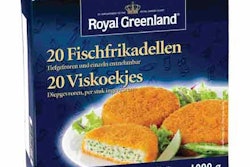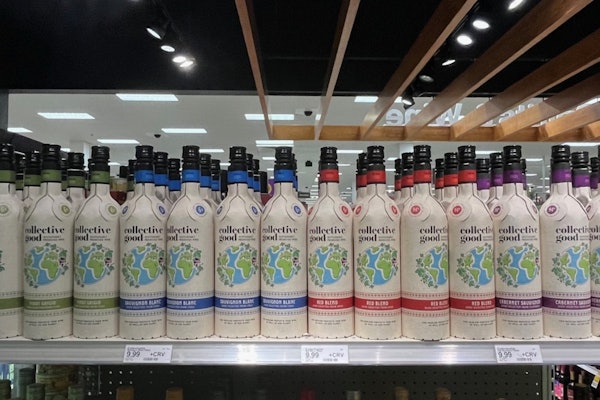
Jeff Wooster, senior value chain manager and an 18-year veteran with Dow Chemical Co., recently spoke with us about trends he sees in plastics packaging in general and flexibles in particular, especially for the North American market.
Wooster breaks the many trends into two major themes:
1. Consumer convenience
2. The need for quality and safety.
He says one of the biggest success stories over the past 10 years that addresses both of these drivers has been case ready meat packaging, in both consumer and foodservice channels.
Similarly, Wooster now sees an emerging trend in refrigerated foods, and he thinks frozen foods may have peaked in popularity "because people are wanting foods that are fresher and offer improved food quality. I see a shift from prepared frozen entrées, the old TV dinners, to fresh, refrigerated entrées because they offer improved food quality."
Any way you slice it…
Another major trend he sees is in fresh-cut produce in modified atmosphere packaged bags, especially for snack sizes of presliced apples.
"The subsegment that is becoming more popular now are small bags for foods like apple slices and grapes that can be eaten as a snack," says Wooster. "They're good for lunch boxes and good for taking in the car for on-the-go snacking. This is part of a broader segment of foods that can be consumed in a variety of occasions, but don't necessarily have to be part of a meal solution."
It's also part of a healthier lifestyle trend where fruit can be a convenient alternative to salty snacks, for example.
"There is increased awareness on individual responsibility for health," Wooster says. "Some big food companies have made a sincere effort to reduce the amount of saturated fats in their processed foods to make them healthier. There is certainly interest from consumers to eating fresh foods that are good quality, good tasting, and good for you. Bagged, fresh-cut fruit like presliced apple slices meets the needs of consumers for freshness and the needs of school programs to provide healthy snacks."
Interest in renewable materials
We also asked him about sustainability.
"The best way to reduce the impact of packaging on the environment is to reduce the impact of the package by using the minimal amount of material in the first place," says Wooster. "We do manufacture some polymers out of renewable materials, but we don't have a large volume for packaging applications at this time for those materials." Wooster notes that Dow produces certain components for carpet backing that are made of soy materials.
"Frankly, our customers are not very interested in a polymer that's made from plants if it doesn't meet their performance requirements, especially if it's more expensive than what they're using now.
"Managers need to avoid making decisions based on emotion. They need to look at it analytically to see what is the most efficient as a packaging system—and it may be to use an oil-based [plastic]."


























